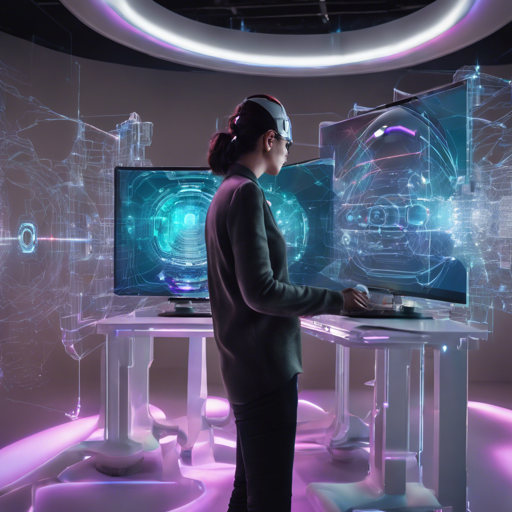Welcome to the exciting world of digital twins! With Instant-angelo, creating high-fidelity representations of real-world objects has never been easier. This guide will lead you through the process of building your own digital twin and troubleshoot common issues you might encounter along the way. Let’s dive in!
Introduction
Instant-angelo leverages advanced neural networks to enable incredibly detailed 3D surface reconstruction from simple RGB video captures. Imagine capturing a stunning, lifelike 3D model of your favorite object in just 20 minutes using your mobile device! This article will guide you through the setup and execution of this remarkable technology.
Installation
Before you can start building your digital twin, you need to install some necessary packages:
- First, install the PyTorch libraries:
pip install torch torchvisionpip install git+https://github.com/NVlabs/tiny-cuda-nn#subdirectory=bindingstorchpip install -r requirements.txtFor COLMAP, you can find alternative installation options on the COLMAP website.
Data Preparation
Now that you have everything installed, it’s time to prepare your data. Make sure you have COLMAP installed and organize your images in the following structure:
-data_001
-images
-mask (optional)
-data_002
-images
-mask (optional)
-data_003
-images
-mask (optional)If you have a mask for your images, you can filter the COLMAP sparse point data by running:
python scripts/run_colmap.py $INPUT_DIRpython scripts/filter_colmap.py --data $INPUT_DIR --output-dir $INPUT_DIR_filteredStart Reconstruction!
You’re now ready to start reconstructing! Let’s discuss how to run both smooth and detailed surface reconstructions.
Run Smooth Surface Reconstruction in 20 Minutes
The smooth reconstruction mode works best for objects lacking intricate features. It’s perfect for creating high-fidelity substitutes with fewer holes in the resulting model. But remember:
- The mode might oversmooth if the object has flat surfaces.
- Utilizing advanced SFM (Structure from Motion) tools can help improve data quality.
To begin, execute:
bash run_neuralangelo-colmap_sparse.sh $INPUT_DIRRun Detailed Surface Reconstruction in 20 Minutes
This mode makes it challenging to generate high-fidelity reconstructions from RGB inputs alone, especially in sparse captures. For improved results, consider adding depth data.
To run the detailed surface reconstruction, use:
bash run_neuralangelo-colmap_dense.sh $INPUT_DIR[Experimental] Run Reflective Surface Reconstruction in 30 Minutes
For this, you will need to run the reflective surface reconstruction script:
bash run_neuralangelo-colmap_sparse_reflection.sh $INPUT_DIRTroubleshooting
In case you encounter issues while working with Instant-angelo, here are some common problems and their solutions:
- CUDA out of memory: Ensure your GPU has at least 10GB memory. If you run into memory issues, consider decreasing
model.num_samples_per_rayfrom 1024 to 512. - Poor reconstruction of custom datasets: This project is still evolving. Please report any issues to the author or check for ongoing updates.
- Running on Windows: The scripts haven’t been tested on Windows. For optimal performance, using a Linux system is recommended.
For more insights, updates, or to collaborate on AI development projects, stay connected with fxis.ai.
Conclusion
At fxis.ai, we believe that such advancements are crucial for the future of AI, as they enable more comprehensive and effective solutions. Our team is continually exploring new methodologies to push the envelope in artificial intelligence, ensuring that our clients benefit from the latest technological innovations.
Frequently Asked Questions (FAQ)
Here are some common questions users have:
- What is the license for this repository? It is licensed under the MIT License, allowing commercial use with appropriate attribution.
- Why does the dense prior generation take so long? The current processing method can take around 10–15 minutes for 300 frames, but efficiency improvements are anticipated.
If you follow this guide, you’ll be well on your way to creating stunning digital twins in no time. Happy reconstructing!

